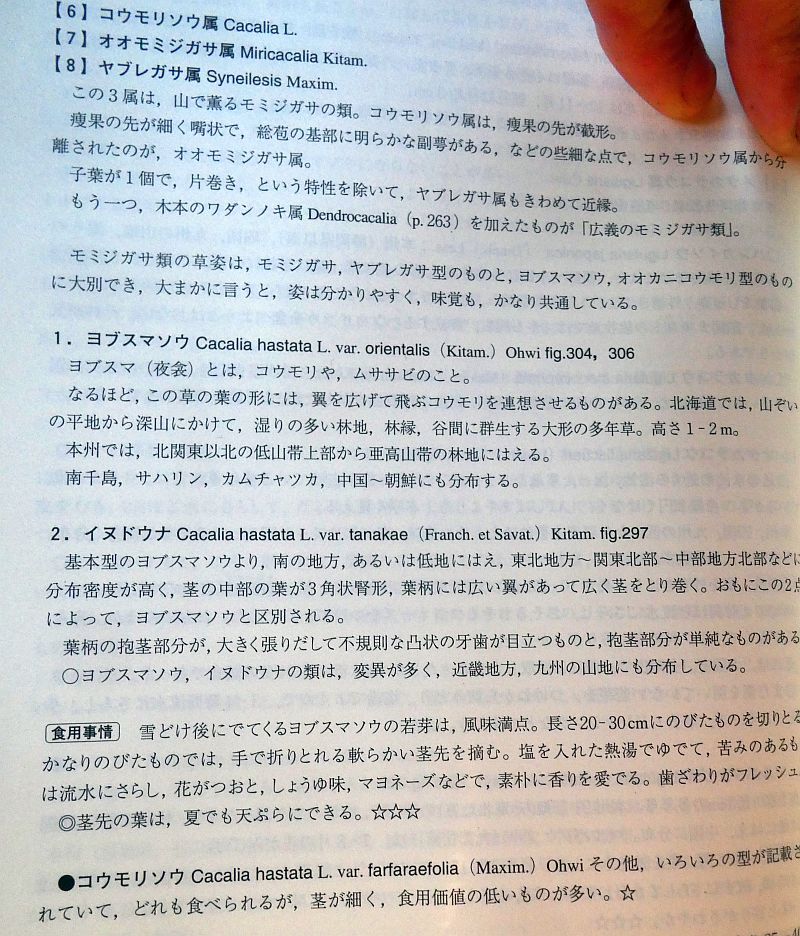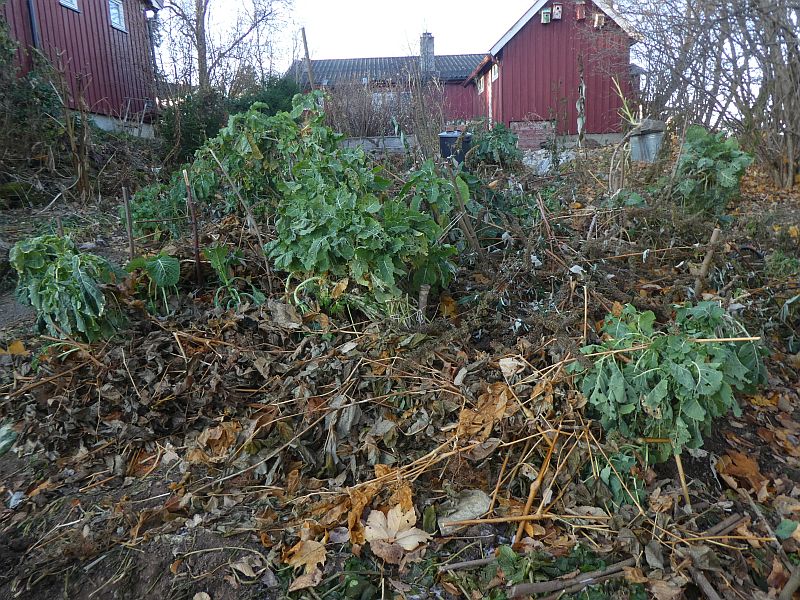I’ve harvested seed of a distinctive tall oriental woodlander this week, Parasenecio hastatus. It’s taller than I am and reminds me of some of the tall Lactuca species I saw in North America recently, perhaps growing in similar habitats in the Far East.

It’s a wild species in China, Japan, Korea and the Russian Far East. My most comprehensive Japanese foraging book says something like this (thanks to Chris Sonnenschein for the translation): “shoots are harvested when 20-30 cm long. Then when ready to cook, like asparagus, break/snap the shoots with your hand and discard the more woody end. Dice up the remainder into chunks. Boil in salted water. Rinse. Parboil in normal water just briefly. Eaten with Bonito flakes (fish), Soy Sauce & Mayonnaise. Also the leaves from the new shoots (this year’s growth) can be eaten, especially as tempura, through summer”.

I’ve posted summer pictures of hastata in an earlier blog post, please see http://www.edimentals.com/blog/?p=18758.
I wouldn’t recommend eating a lot of these as they may contain alkaloids, but they are an interesting woodlander for occasional harvest from a species rich forest garden.
I have 5 or 6 Parasenecios in the garden currently including the variegated cultivar Parasenecio hastatus subsp orientalis “Shiro Sankou Hakikomi Fu”







